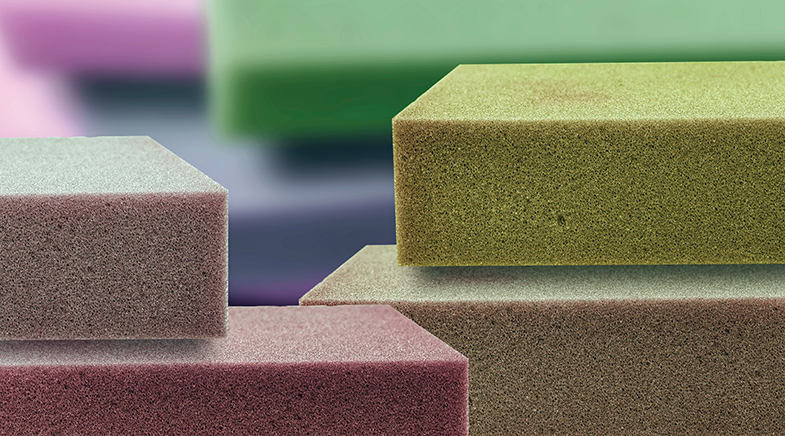AIDA to the aid of Asians
-
- from Shaastra :: vol 04 issue 05 :: Jun 2025

An atlas sheds light on the unique features of immunity among Asians and may help tackle new infections.
Human immune cells are like frontline workers that protect the body from multiple challenges — infection, injury, and disease. Although the same set of genes governs the immune response in all humans, the response varies according to age, sex, environmental exposure, geography, and genetics.
To unveil the reasons behind these variations, researchers from five Asian countries — Singapore, South Korea, Japan, Thailand, and India — have developed an Asian Immune Diversity Atlas (AIDA). The first immune reference atlas for Asians provides detailed reference ranges for blood immune cells. The researchers published their findings in Cell in April 2025 (bit.ly/Asian-diversity-cell). So far, such baseline data have only been available for Western populations.
AIDA contains information on 1,265,624 immune cells collected from 619 donors, spanning seven population groups across the five countries and six controls. It took the researchers about three years to complete this study. "The motivation was to generate baseline data and ascertain the nature and extent of variations in cells of the immune system among individuals belonging to different populations," says Partha P. Majumder, Distinguished Professor, John C. Martin Centre for Liver Research and Innovations, Kolkata, and a co-author of the paper.
AIDA contains information on 1,265,624 immune cells from 619 donors, spanning seven population groups. It took the researchers about three years to complete the study.
He states that compared to people from Singapore, Japan, and Thailand, the relative amounts of Natural Killer (NK) cells — which can slay virus-infected cells and tumour cells — were lower among Indians. On the other hand, the study found that naive B cells — which target specific antigens such as those found on bacteria or viruses — were higher among Indians. Naive B cells help the immune system develop a memory for the pathogens it has encountered and eliminate them rapidly when re-infections happen. "Thus, the immune features of Indians have both positive and negative aspects. Such baseline data are important because they help calibrate immunological alterations in various diseases," Majumder says.
Veena Patil, Scientist/Faculty at the New Delhi-based National Institute of Immunology, calls it a "very, very important" study. "It will help us predict what kind of immune response we may have in the event of newer infections or diseases like cancer," says Patil, who was not associated with the study. Eventually, such studies will promote "therapeutic equity and vaccine equity", she adds, explaining that immunotherapy based on, say, data from the U.S. population may not work as well on Asians. By using data from Asians, better-targeted therapies could be developed.
In the next phase of the study, the researchers will try to understand "the spatial organisation of immune cells in specific organs and tissues" of the human body, Majumder says.
Have a
story idea?
Tell us.
Do you have a recent research paper or an idea for a science/technology-themed article that you'd like to tell us about?
GET IN TOUCH














